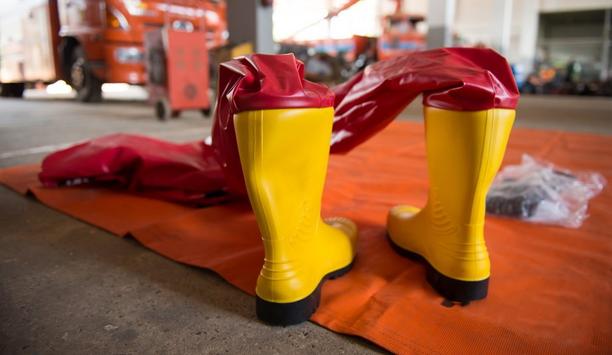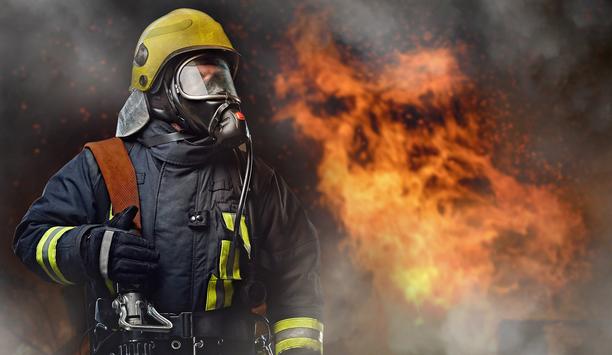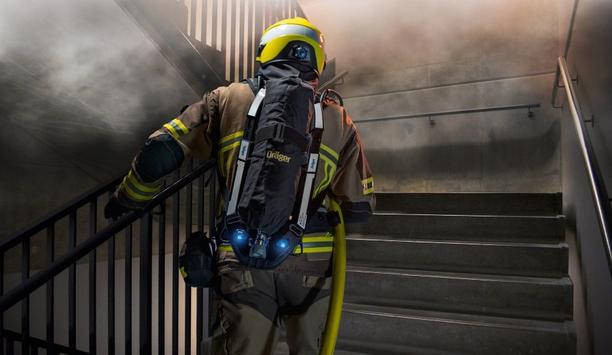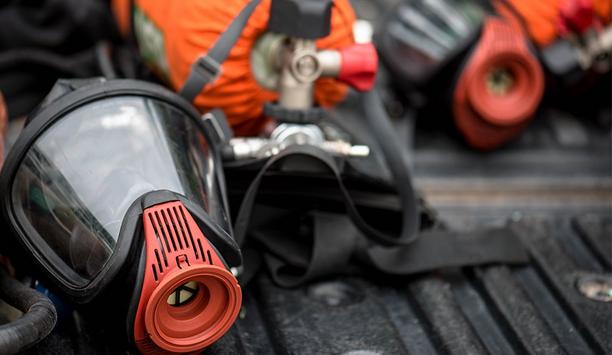Responding to Cardiac Arrest calls during the Coronavirus pandemic has required First Responders to modify protocols to reduce risk to responding personnel while providing lifesaving care to patients. Throughout this COVID-19 pandemic, Lifesaving Resources will continue to update best practice protocols for EMS, Fire, Law Enforcement, Lifeguards and other responding personnel.
As scientists and medical teams continue to research the COVID-19 Coronavirus, new information is frequently released regarding the spread and effects of the virus. It is critical that all actions and protocols by rescue personnel are based on facts, and that these protocols are modified as needed when additional information is released.
Risk of transmission
Currently this is what is known about COVID-19 and the risk of transmission to First Responders (i.e. EMS, Fire, Law Enforcement, Lifeguards, etc.):
- SARS-CoV-2/COVID-19 can be spread by aerosolized particles. Certain procedures may either generate or expose First Responders to those aerosolized particles.
- Airborne precautions and proper PPE in the form of goggles, gown, gloves and an N95 mask or equivalent respirator are highly protective, even in the face of exposure to COVID-19 patients.
- In addition to proper PPE, the focus of social distancing and limiting the number of First Responders attending to a patient should be followed, whenever possible.
Important fundamental facts surrounding the management of patient suffering out-of-hospital cardiac arrest (OHCA), including:
- The most important therapy provided to patients suffering from OHCA is high-performance CPR (HPCPR).
- HP-CPR includes compressing at the proper rate and depth, allowing for adequate recoil and minimizing interruptions.
Effective management of OHCA
Based on known risks of COVID-19 transmission and what is known regarding the effective management of OHCA, the following recommendations should be followed when caring for a patient with OHCA during the COVID-19 pandemic:
- PPE is the most protective measure First Responders can take when caring for an OHCA patient. PPE should be worn in all cases of OHCA. CPR, assisting ventilations, inserting airways, and suctioning are all aerosol-generating procedures. N95 masks (or equivalent) as well as gowns, gloves, and eye protection, are essential prior to the management of these patients.
- While CPR is being performed, please limit the number of First Responders to those absolutely necessary. First Responders should establish a 6-foot distance from the patient when not performing procedures.
- If available, consider changing chest compressors every 2 minutes to reduce individual provider exposure during CPR.
- If available, place a HEPA filter between the BVM and airway device. Place the filter as close to the patient as possible. Minimize any disconnections between the HEPA filter and the patient.
- Lifesaving Resources recommends placing a clear plastic shroud over the patient’s head and neck while performing all airway management techniques and the administration of positive-pressure ventilation. This strategy reduces the risk of ongoing exposure to First Responders.






